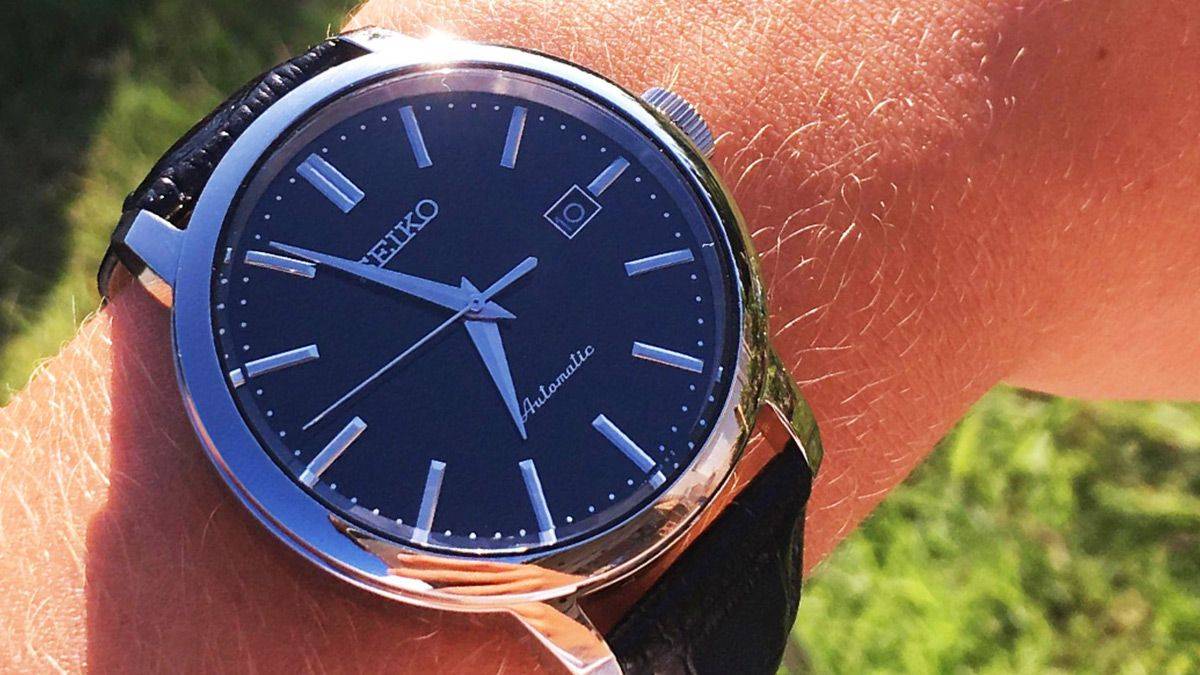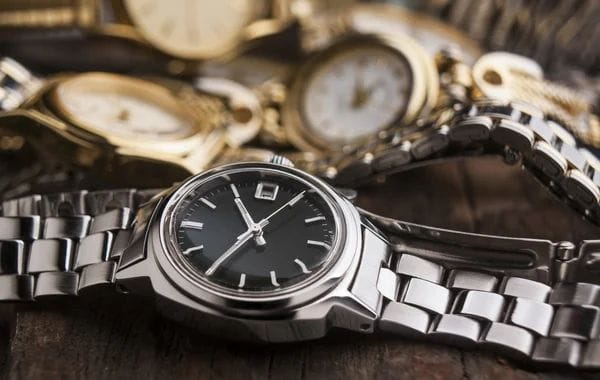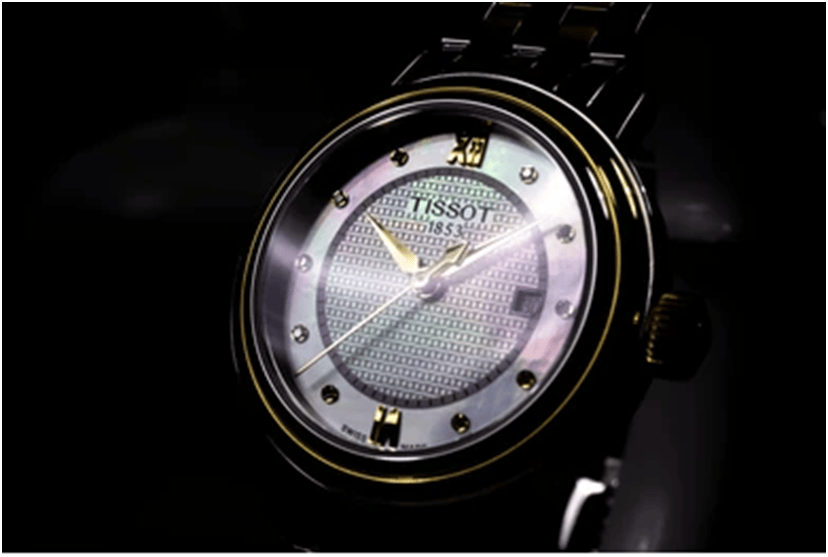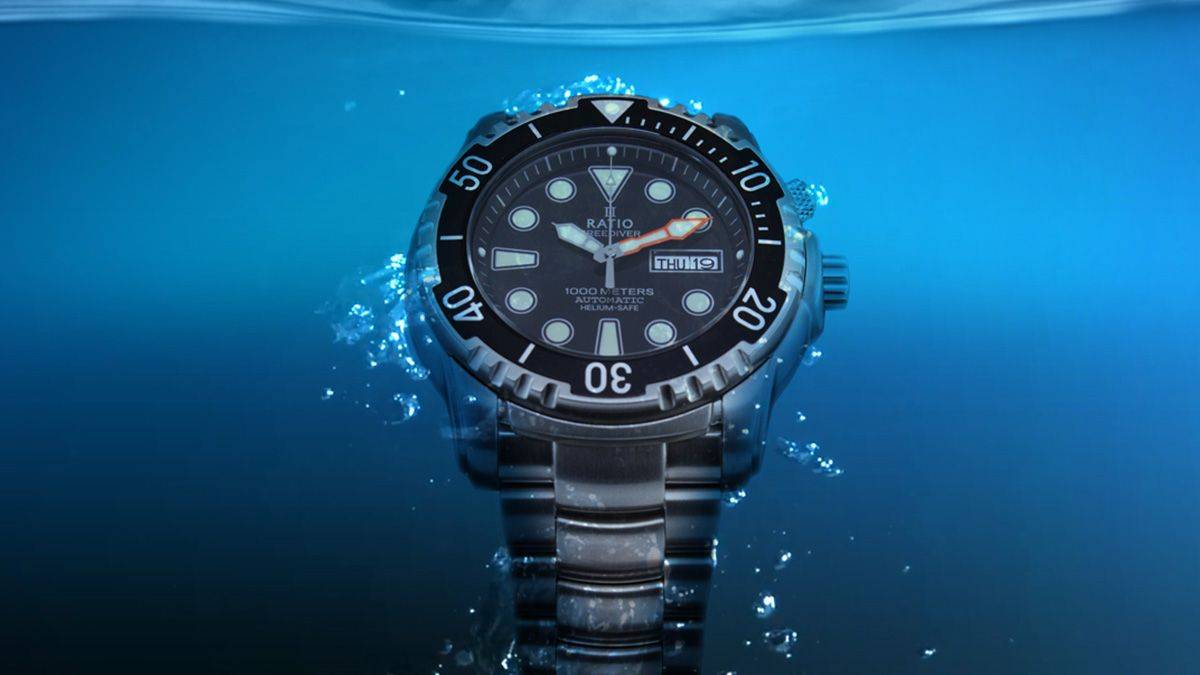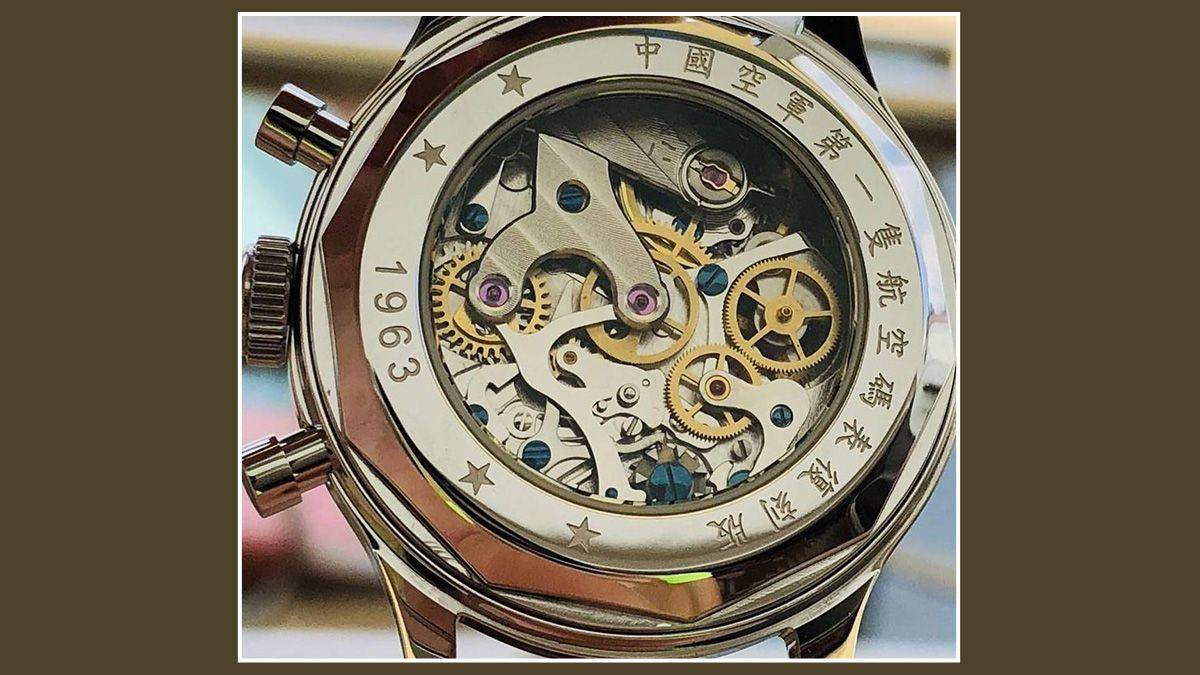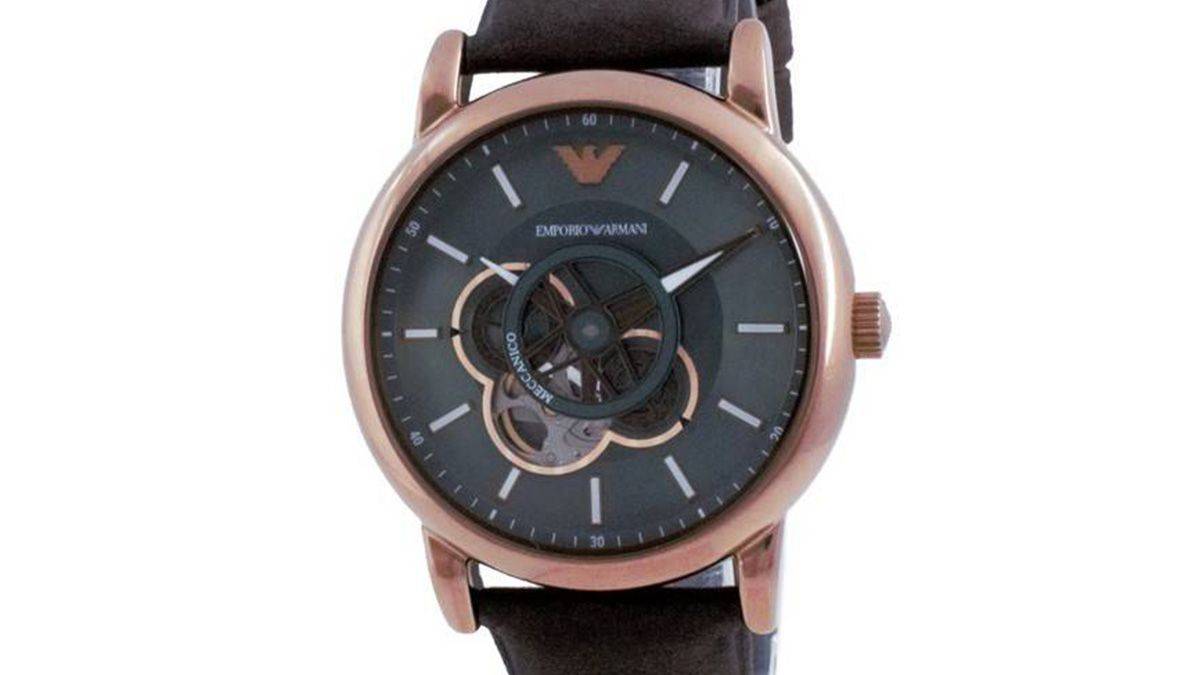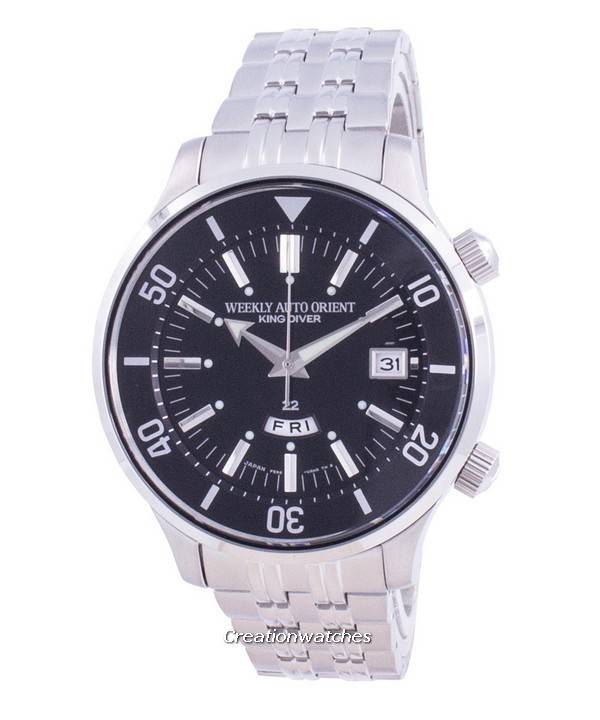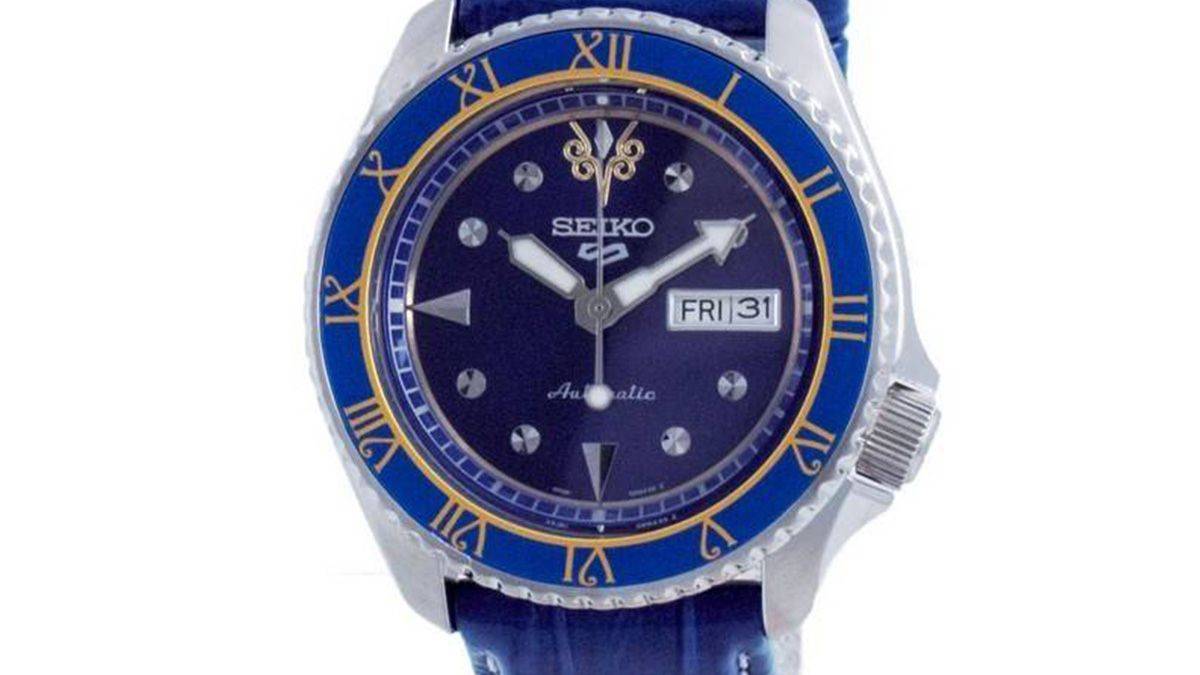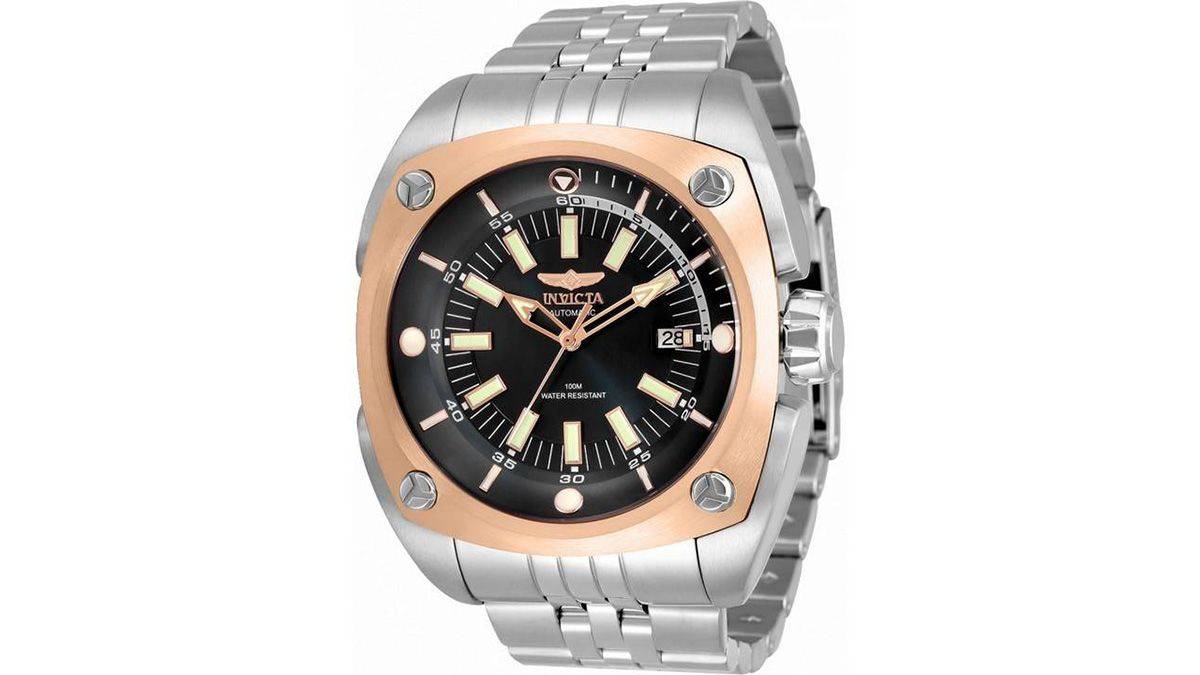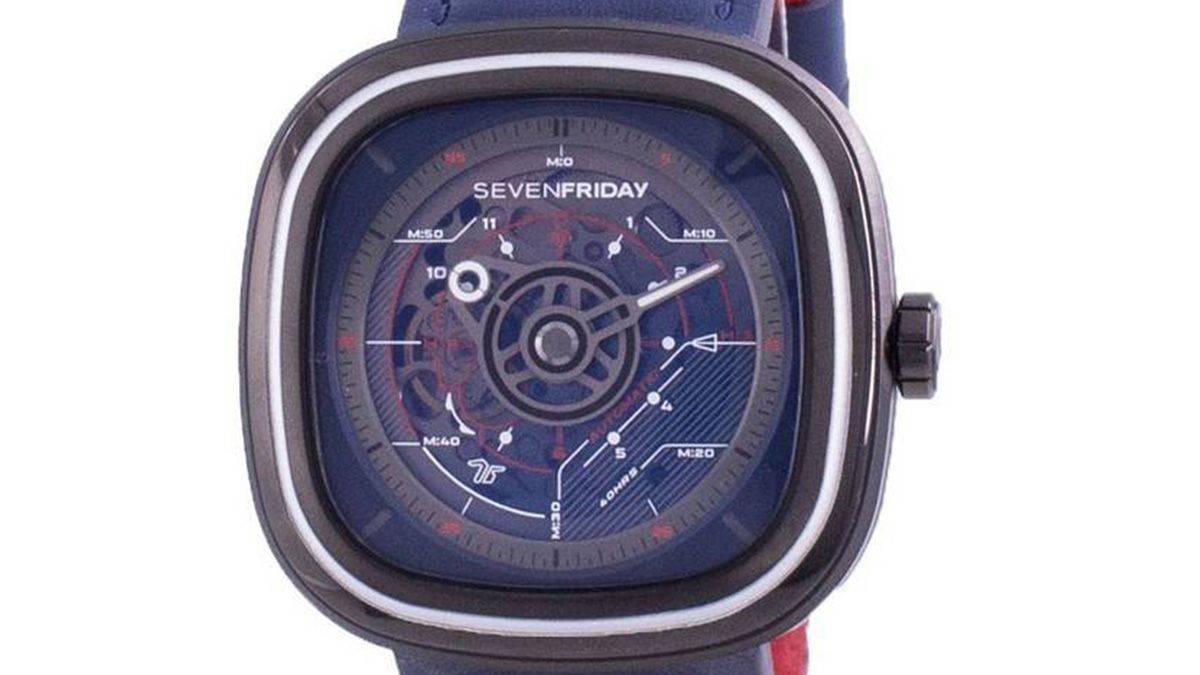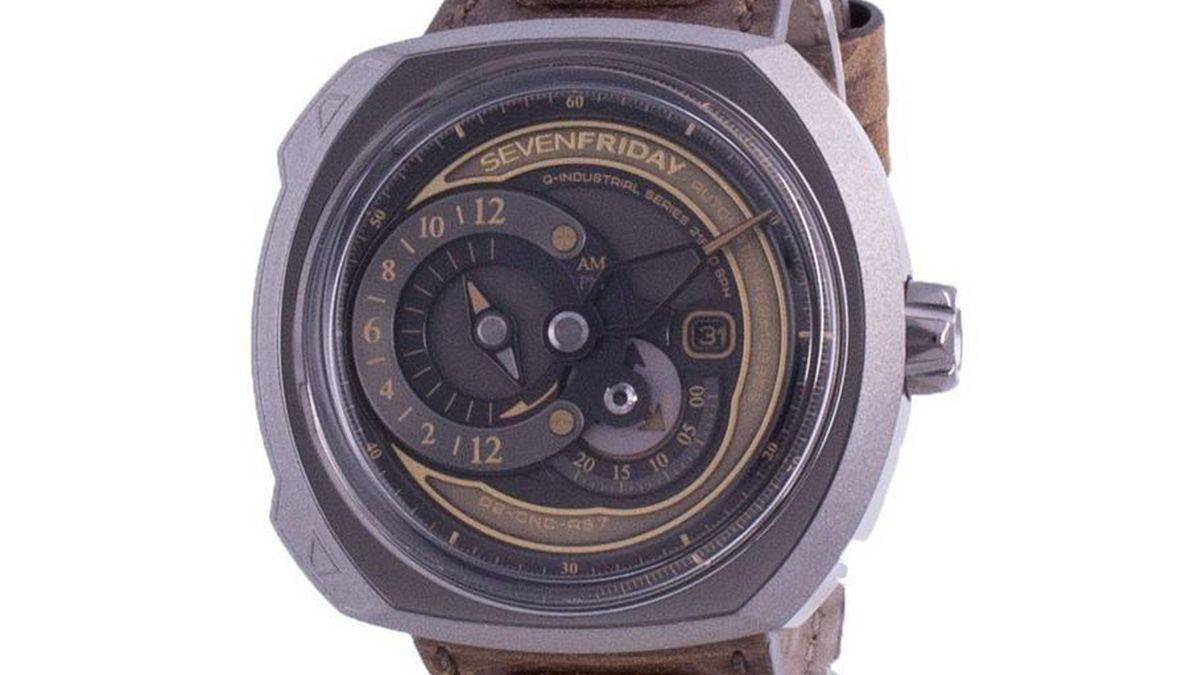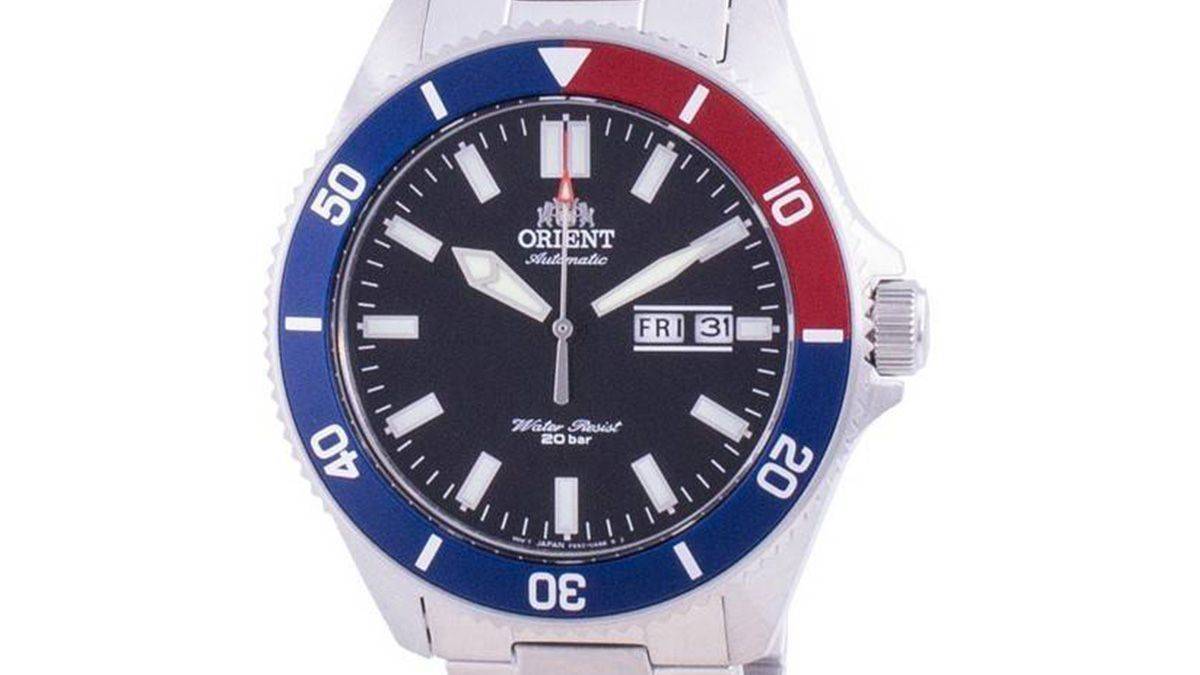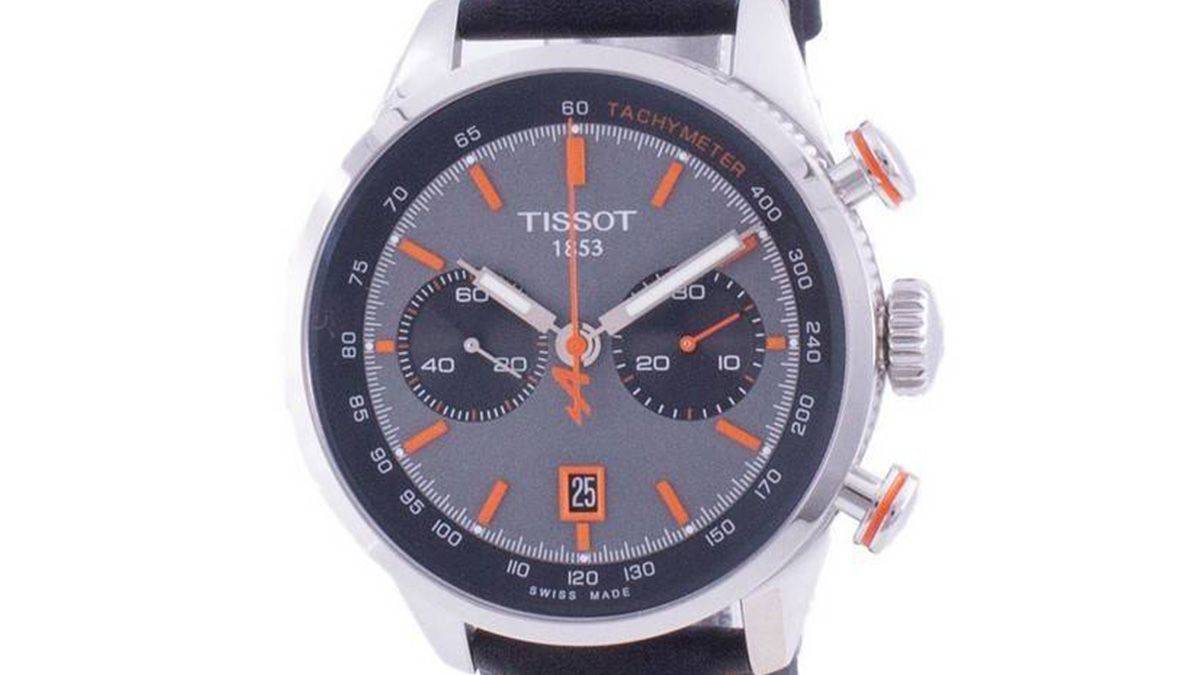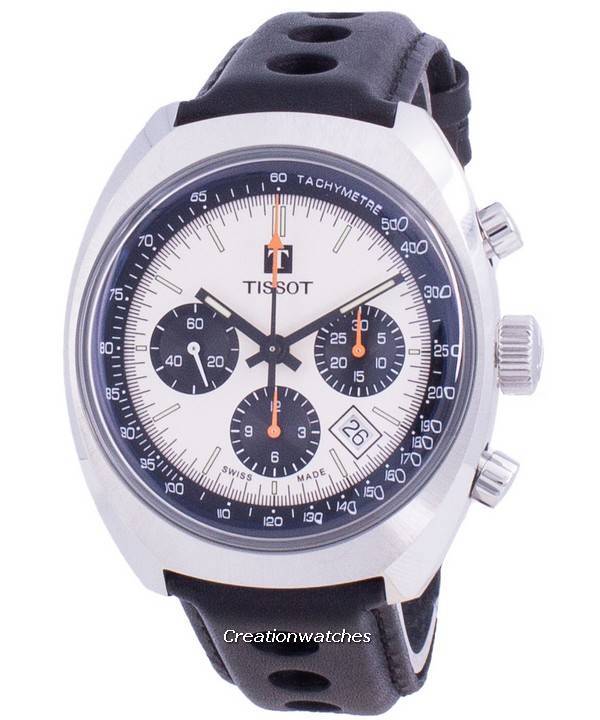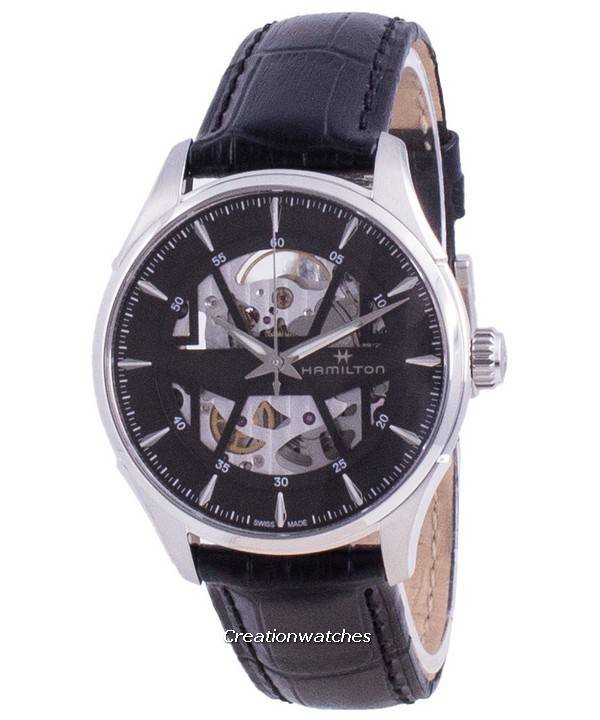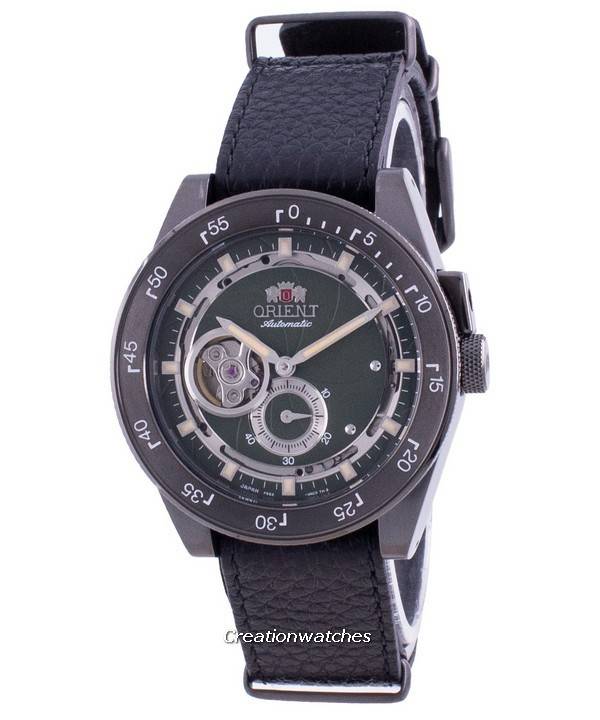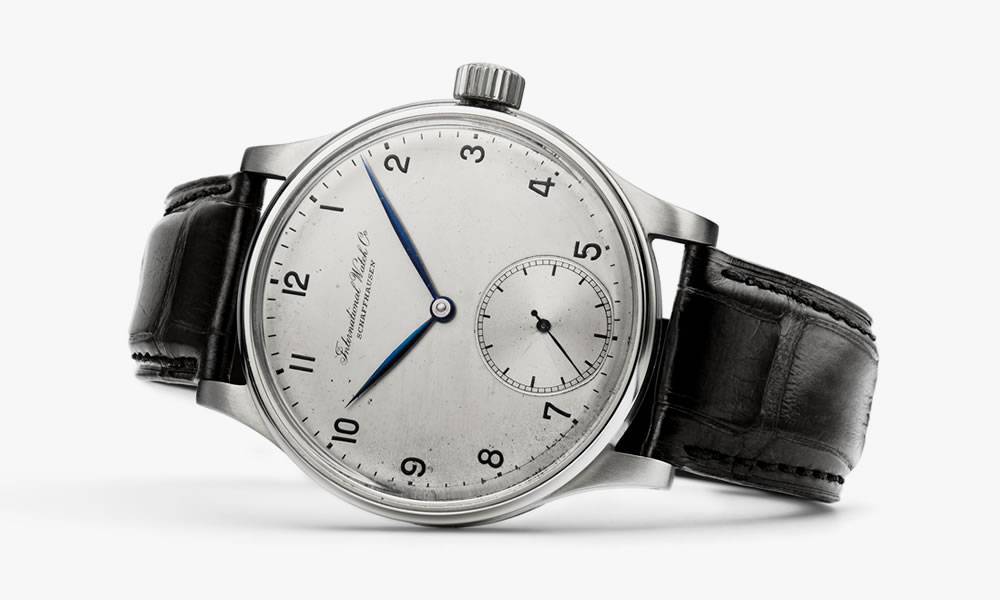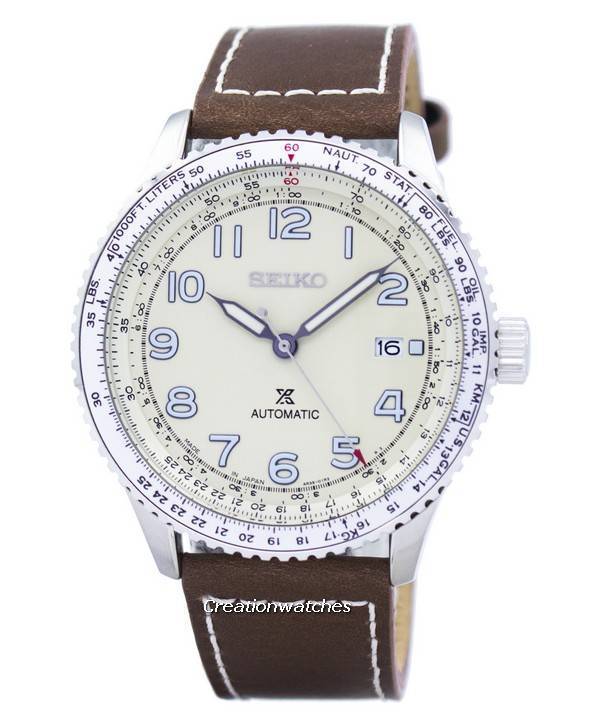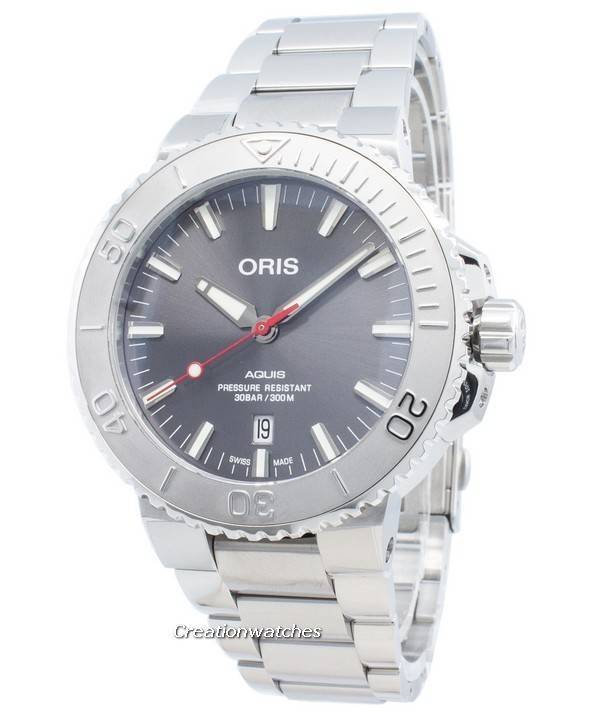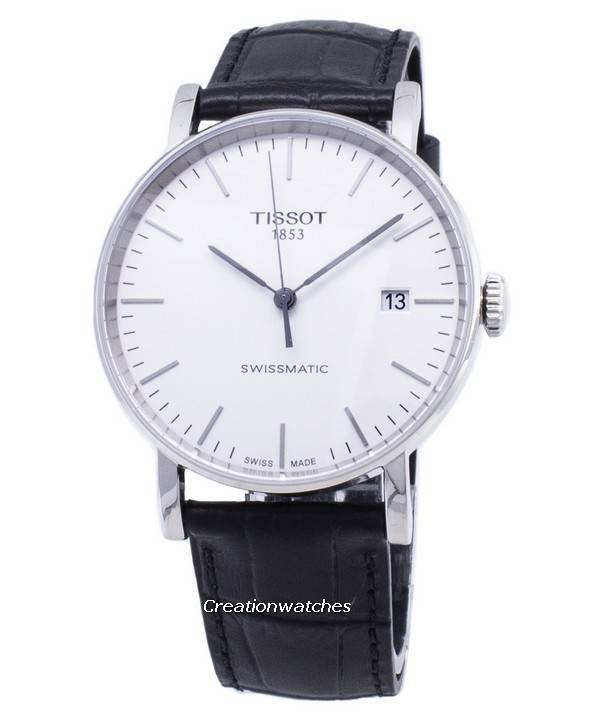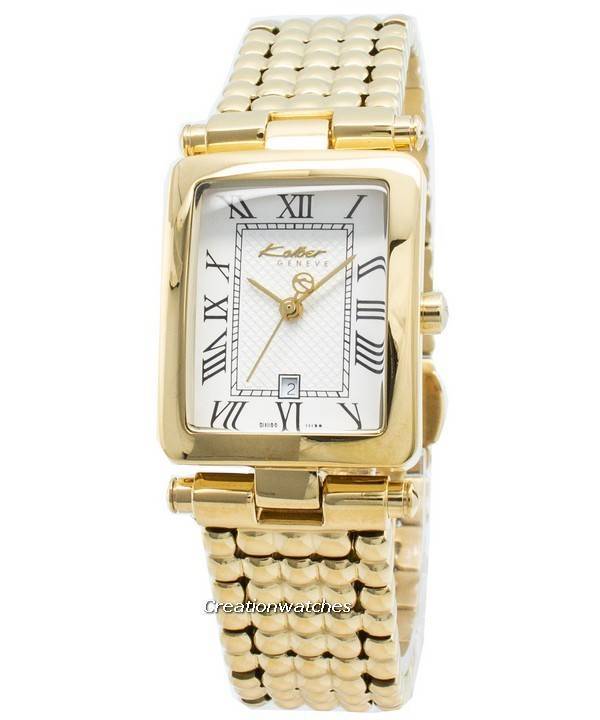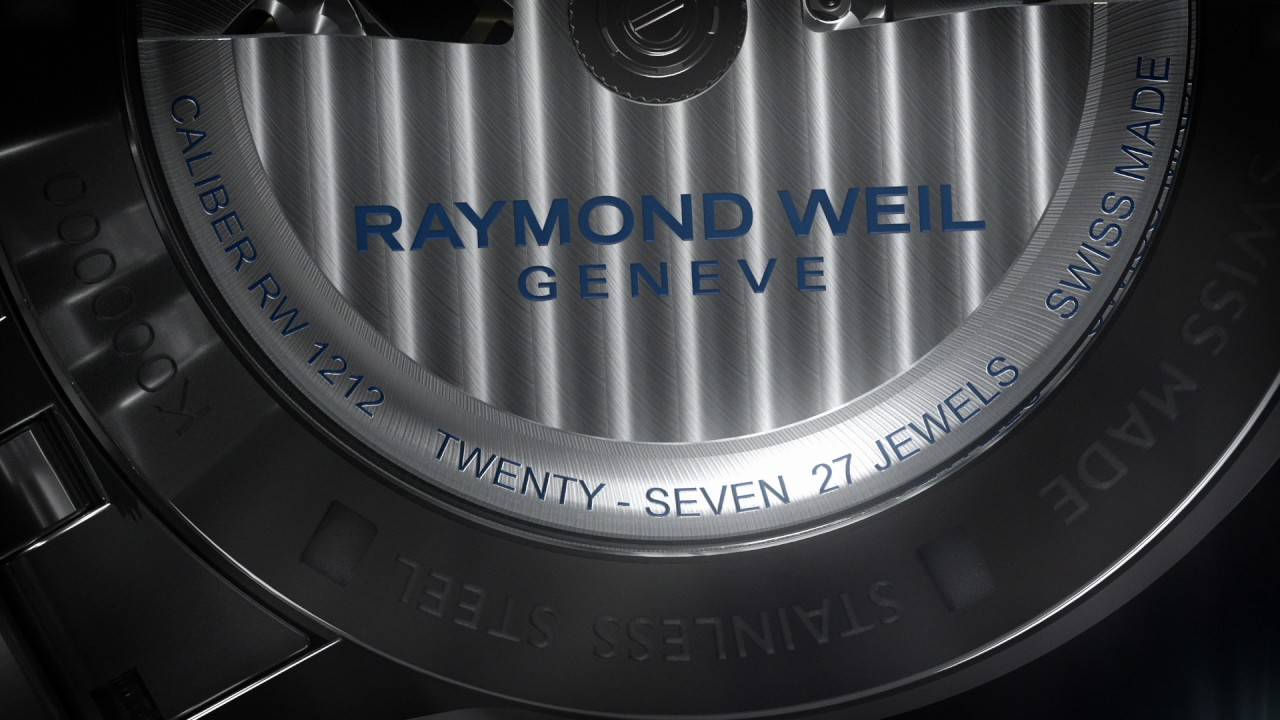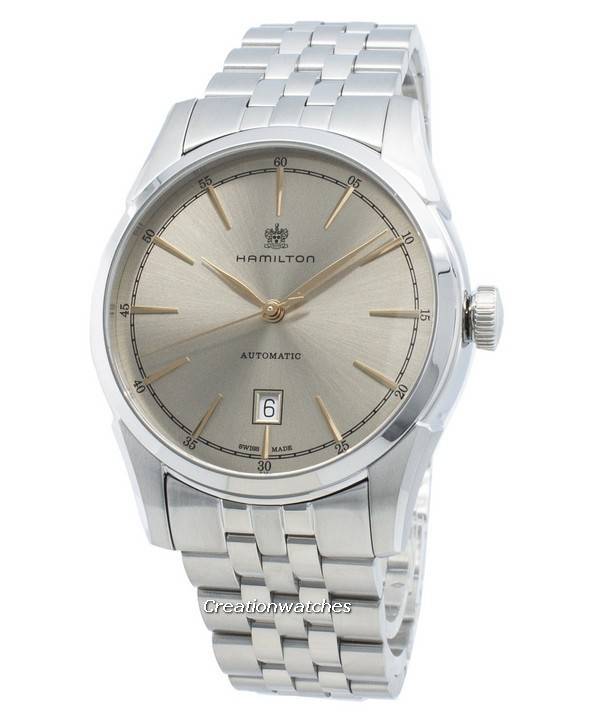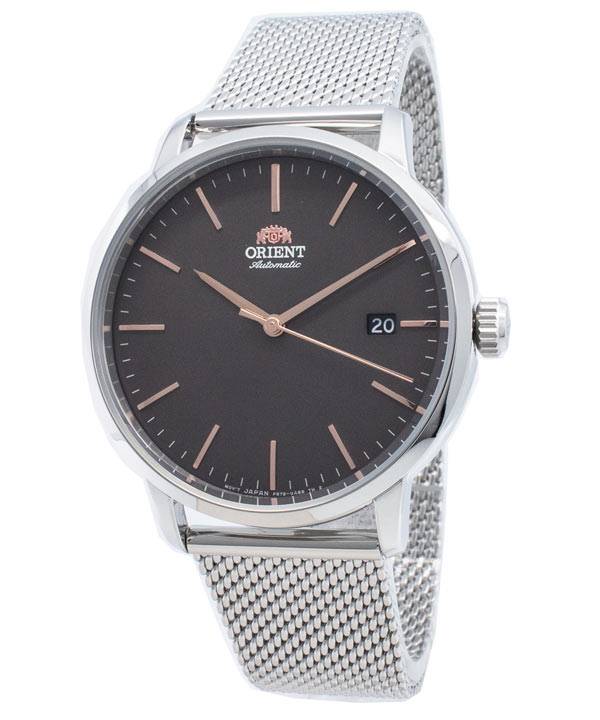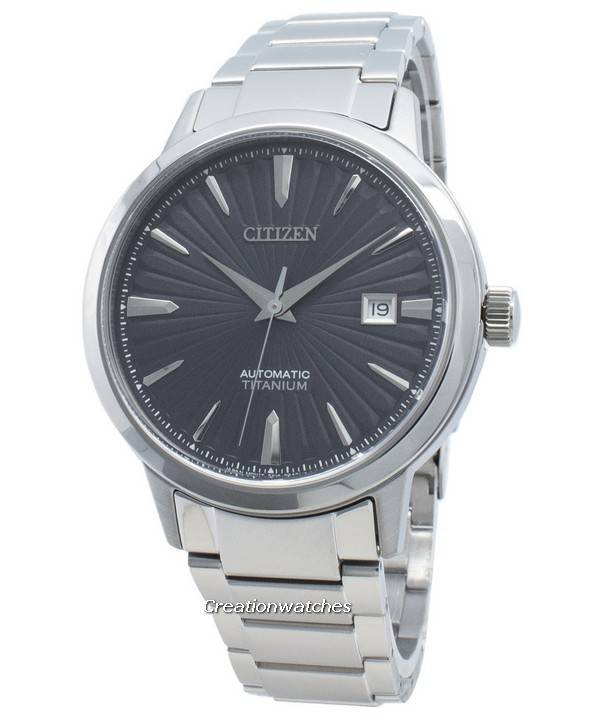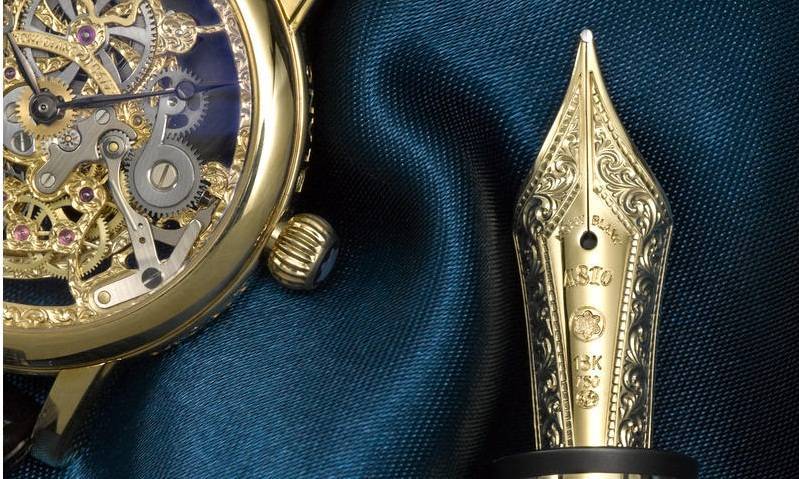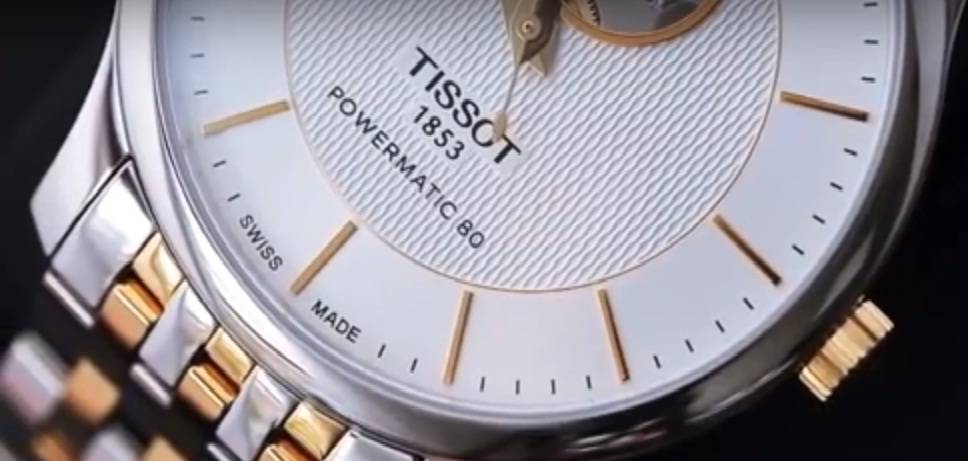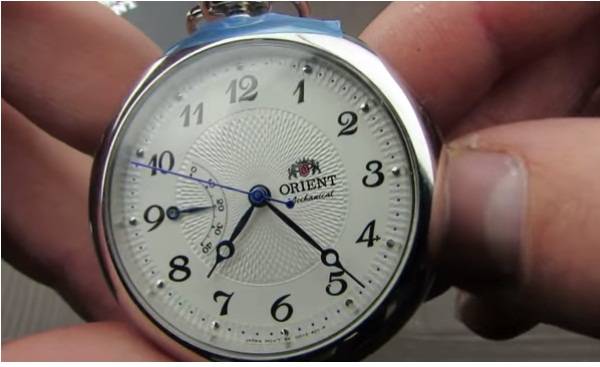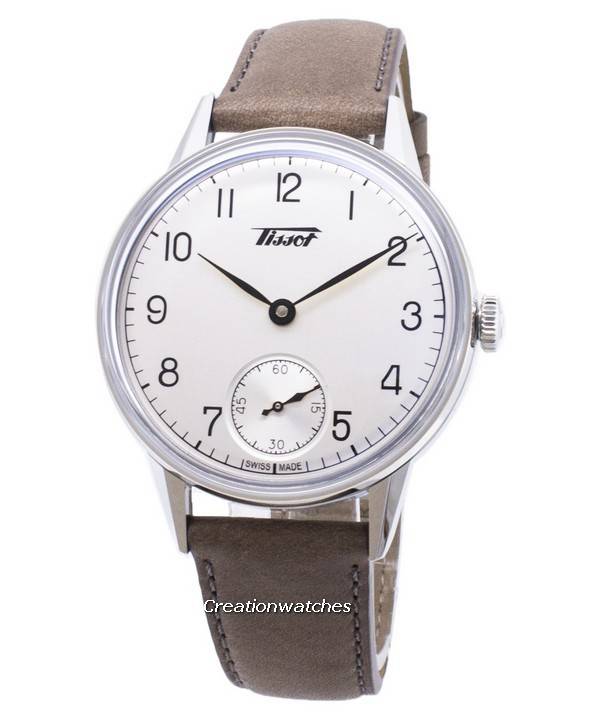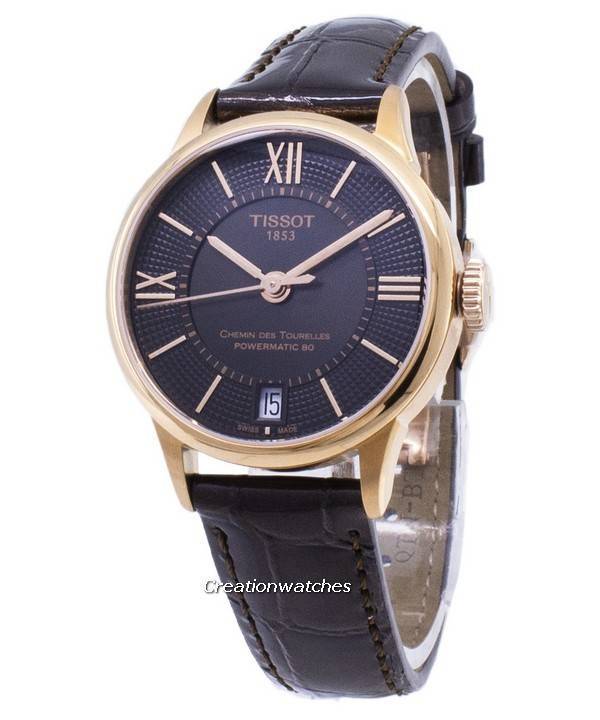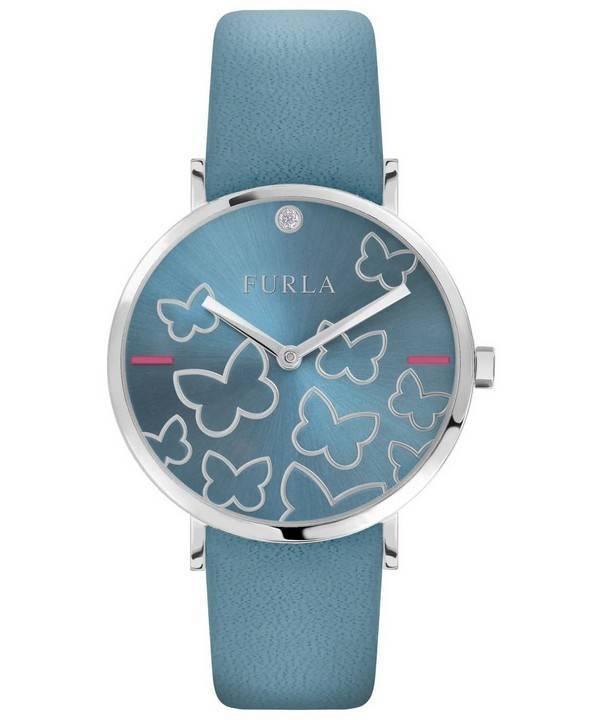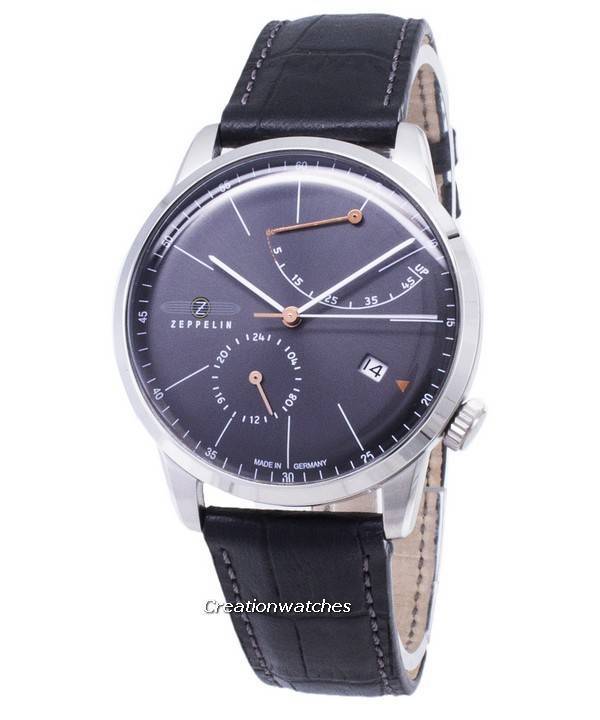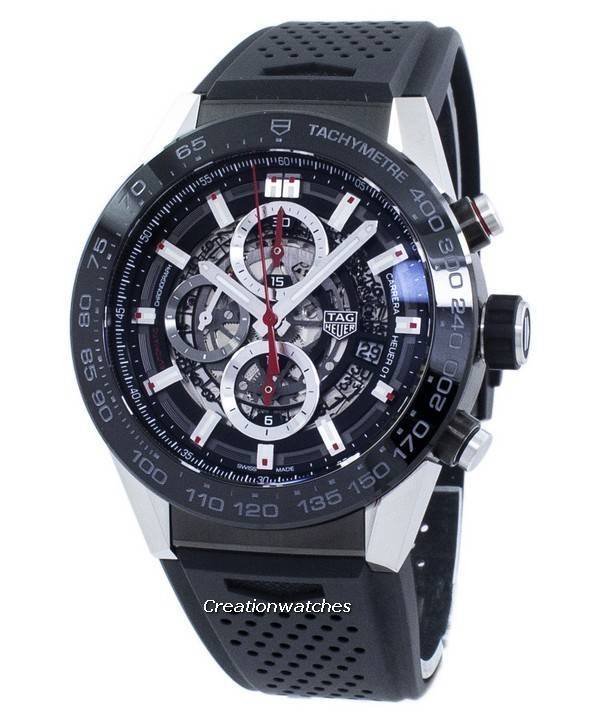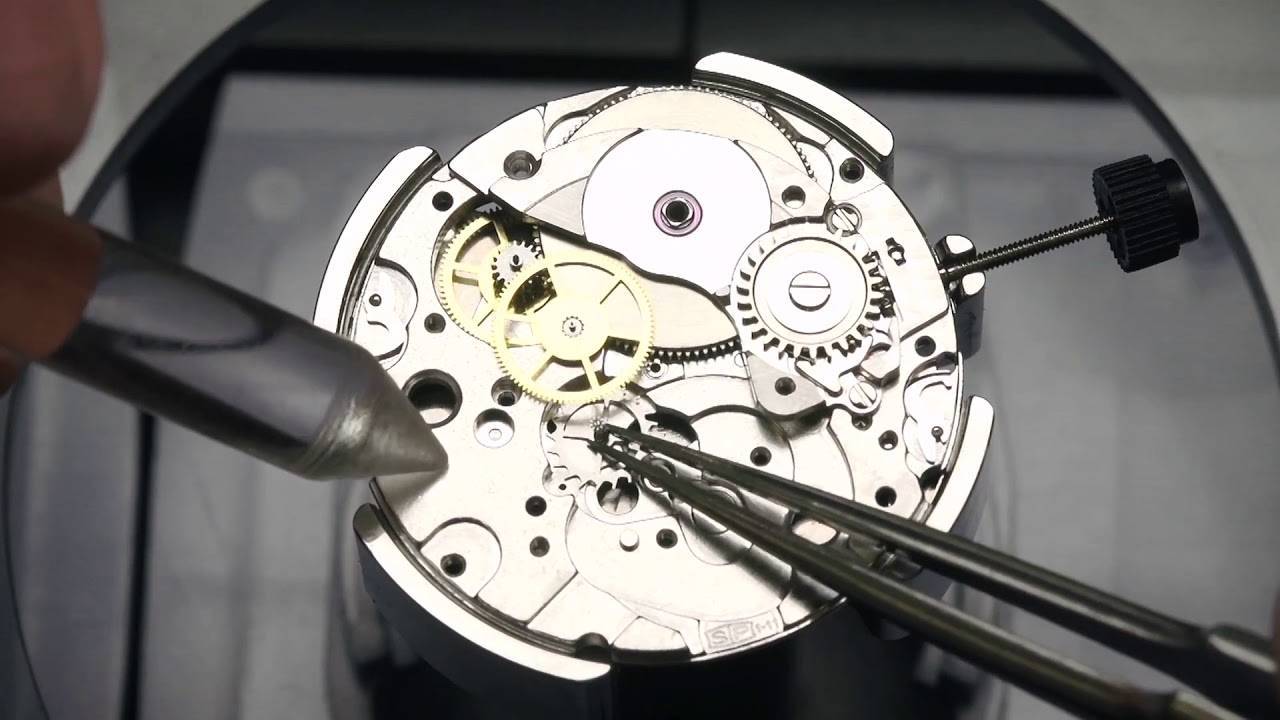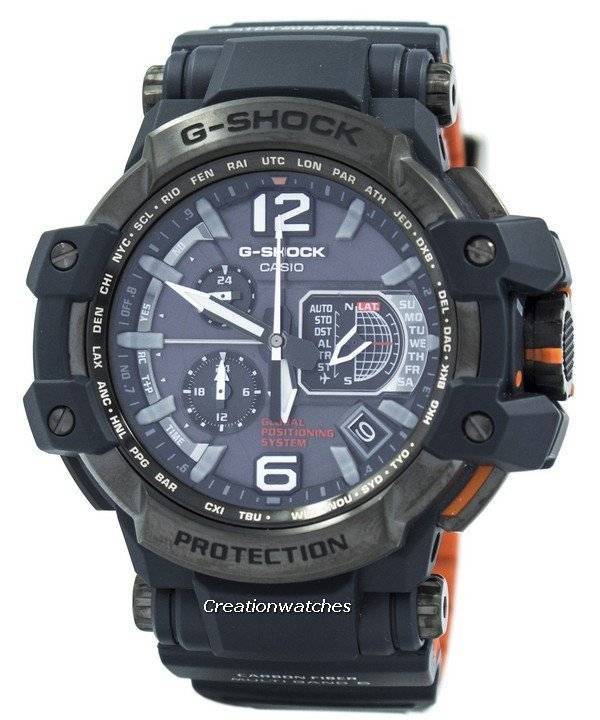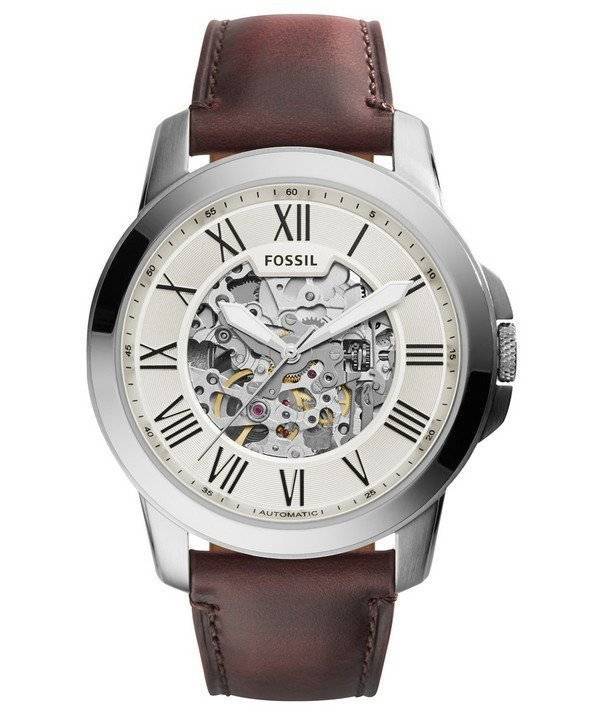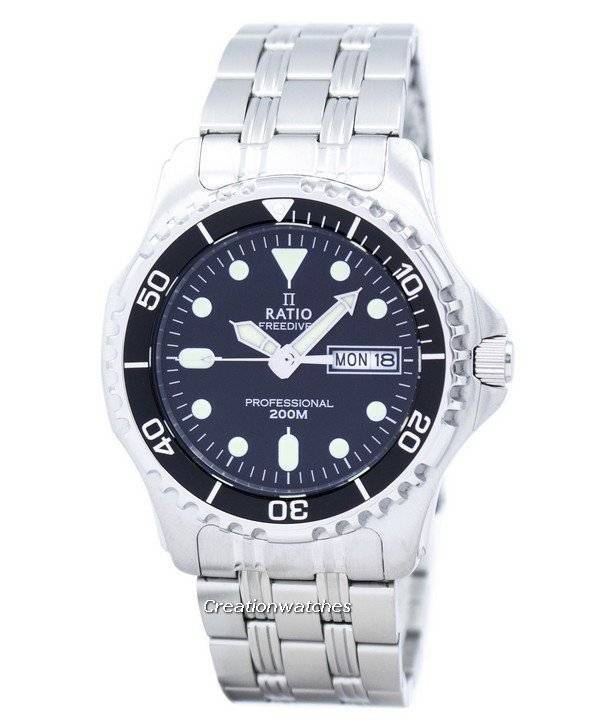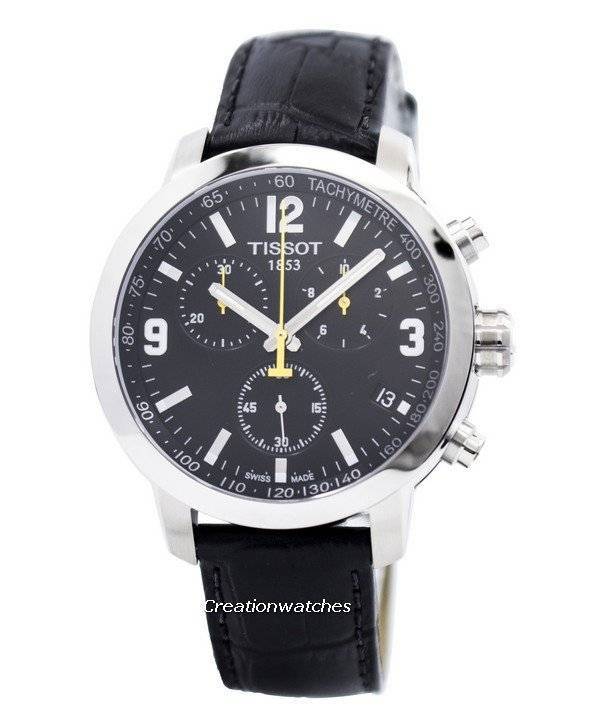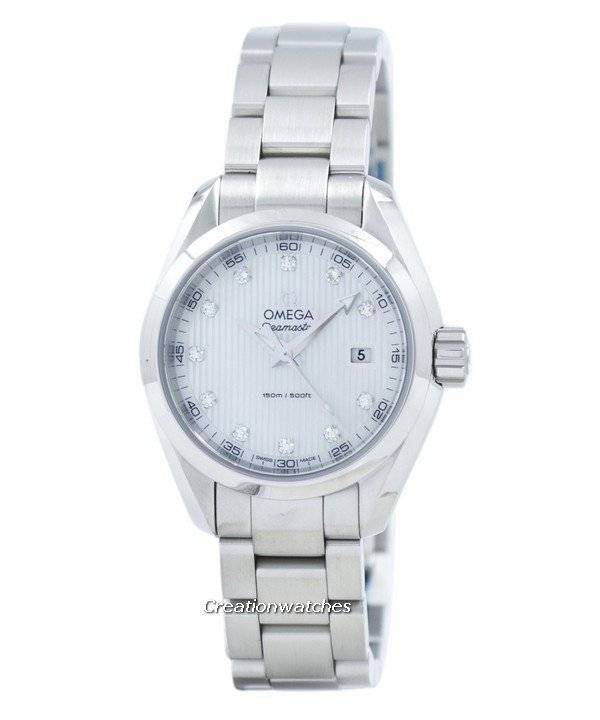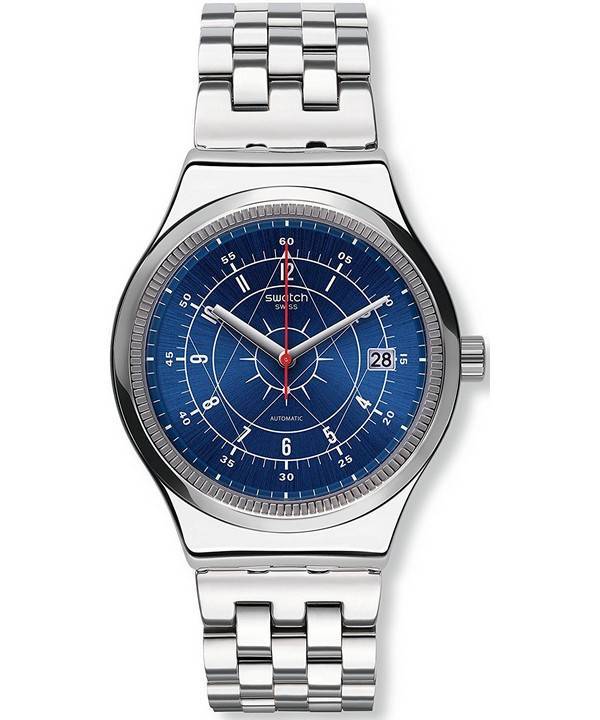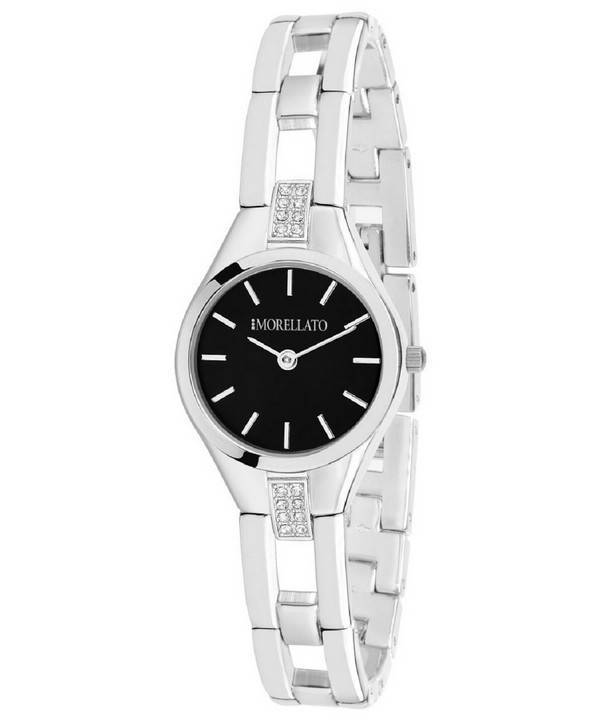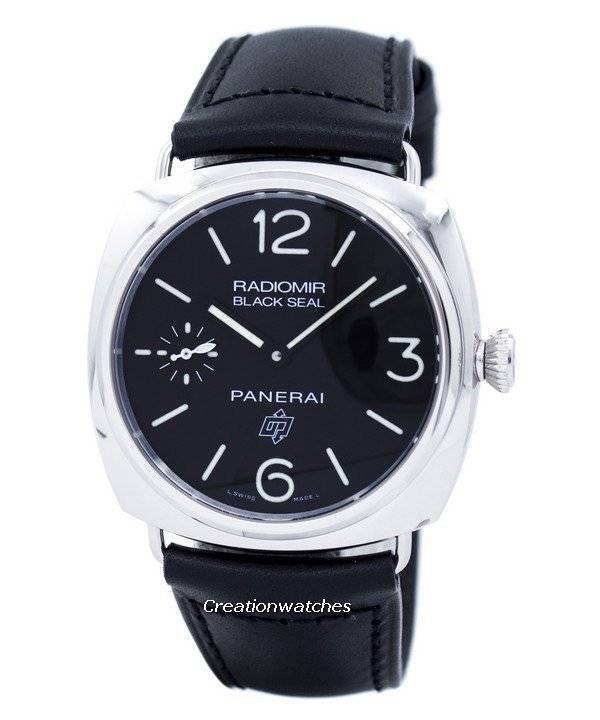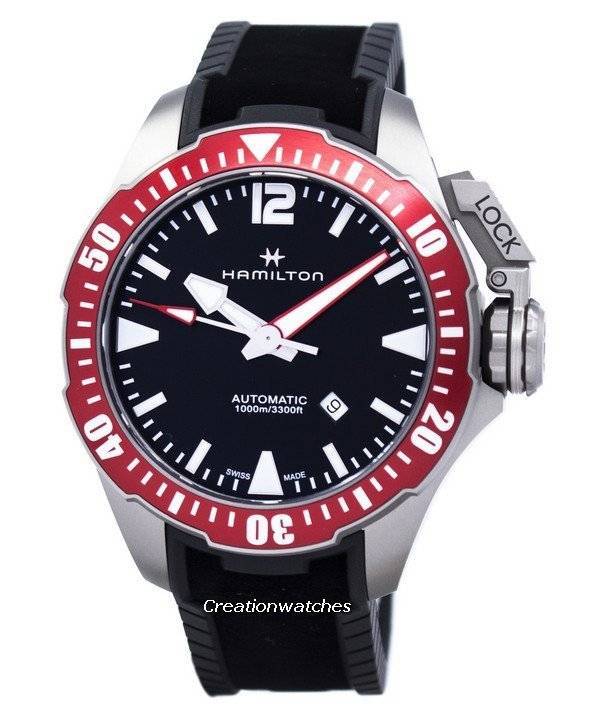

All these years of my obsession with watches never witnessed previously the Swatch Group letting the world know about their technical innovations until this month (Aug. 2018), where they announced about their soon to be released Nivachron balance springs!
What about the mainspring, then? A mainspring powers the mechanical movement alright, but it is the balance spring that proves to be the most sensitive component.
Now, the balance springs are beyond any doubt one of the – if not only – component that makes or breaks a mechanical watch movement in terms of design, production, and assembly. How much ever an outdated technology the mechanical movements are, watch brands still lock horns with each other to win over their accuracy, durability, reliability and complexity. This is where the balance springs come; they are (arguably) the components that pose the toughest of challenges compared to any other.
The reason behind is the large volumes produced that makes it tough to maintain the consistent properties. Balance springs determine the accuracy factor in mechanical movements and anything affecting it also affects the accuracy factor negatively. Only a sophisticated production technology would be able to keep the balance spring unaffected against whatever it might be. In that list, magnetism is the most crucial factor.
Making the hairspring combines high tech industrial precision with hard, manual labor and involves ultra-precise metal lamination techniques that produce a malleable blade. Transforming a metal wire into a thin spring takes days through successive steps, especially when tolerances are intended under 0.1 micron. This is because the slightest variations of the spring’s profile impact a watch’s performance, which is as much as a variation of just one micrometer in the thickness of a spring changing the accuracy of a watch by 30 minutes a day. That’s a lot!
This; however, is not the case with quartz watch movements. They are powered by electricity and entirely do away with traditional regulations. The Nivachron alloy balance springs bring an improved resistance to magnetism, imparting them more technical and perceived value. A similar one was Parachrom from Rolex; an alloy of niobium and zirconium coated with an oxide. Another advantage it has is – It is more accurate when subjected to shocks, compared to ferromagnetic alloys.
Soon, we are going to bring you both of these options to choose from but alas, our stocks on all the anti-magnetic watches are over. Most of them belonged to Seiko and as you know, Seiko products don’t give much time before they are sold! The Swatch Group has yet to inform us when Nivachron-based products will be available but as per the market trends, you may very well expect them by the time 2019 rolls around.


